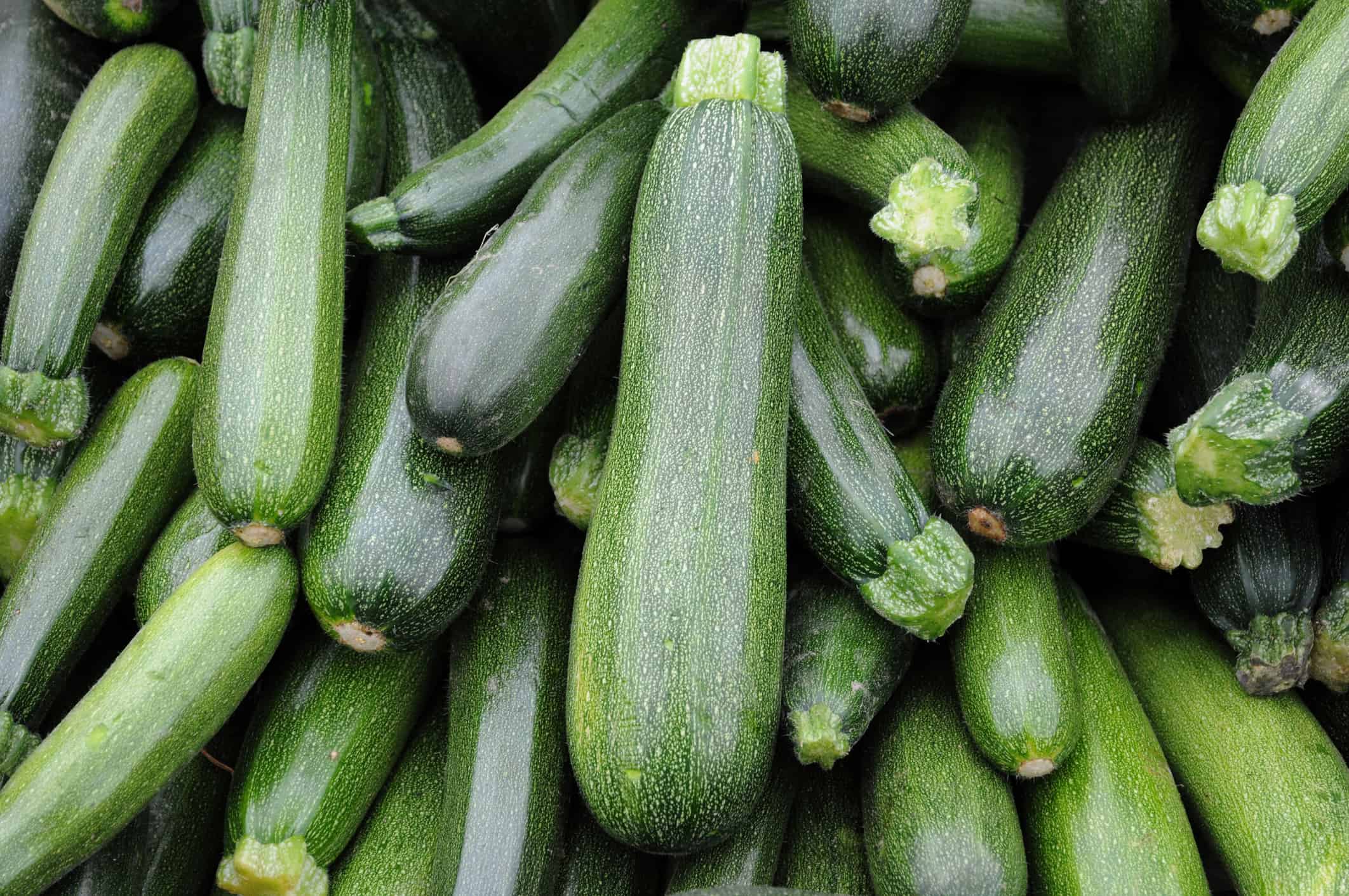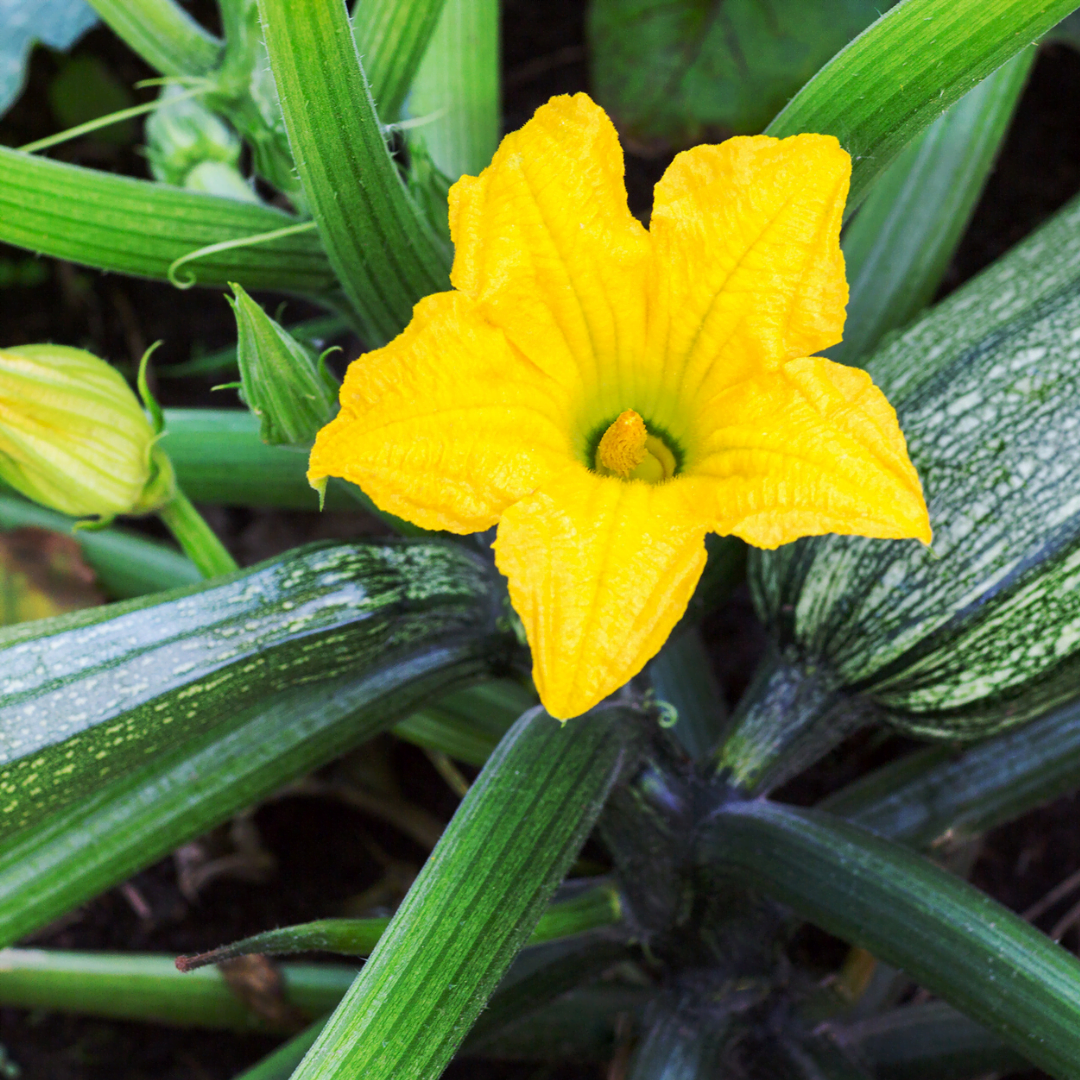Are you eager to embark on a journey of growing your own zucchini from seed? Look no further! This comprehensive guide is here to equip you with all the necessary knowledge and expertise to successfully cultivate this versatile and delicious vegetable. From selecting the perfect seeds to nurturing them into healthy plants, you’ll discover step-by-step instructions and helpful tips that will ensure a fruitful harvest. Get ready to dig into the world of zucchini gardening and watch your efforts blossom into a bountiful crop.
A Comprehensive Guide to Growing Zucchini from Seed
If you’re interested in growing your own zucchini, starting from seed is a rewarding and cost-effective way to do it. Whether you have a large garden or just a small space, growing zucchini from seed is a fun and satisfying experience. This comprehensive guide will provide you with all the information you need to successfully grow zucchini from seed, from selecting the right seeds to recognizing and treating diseases.
Selecting the Right Seeds
When choosing zucchini seeds, it’s important to consider the space available in your garden or growing area. Zucchini plants can spread out quite a bit, so make sure you have enough space for the plants to grow and thrive. If you’re limited on space, look for compact or bush varieties that require less room to grow.
Apart from space considerations, selecting the right variety of zucchini is also essential. There are various types of zucchini, including green, yellow, and striped varieties, each with their own unique flavor and appearance. Consider your personal preferences when choosing the variety of zucchini seeds to ensure you’ll enjoy the final product.
Lastly, check the seed quality before making a purchase. Look for seeds that are plump, firm, and free from cracks or damage. High-quality seeds will have a higher germination rate, increasing your chances of successful growth.
Preparing the Soil
Before sowing your zucchini seeds, preparing the soil is crucial for optimal plant growth. Start by selecting a planting location that receives full sun, as zucchini plants thrive in sunny conditions. Next, test the soil pH to determine its acidity or alkalinity. Zucchini prefers a slightly acidic soil with a pH range of 6.0 to 7.0. If the soil pH is too low or high, it may affect the plant’s ability to absorb nutrients effectively.
To amend the soil, add organic matter such as compost or well-rotted manure. This will improve the soil’s fertility, drainage, and water-holding capacity. Work the organic matter into the soil thoroughly, ensuring it is evenly distributed. Well-prepared soil will provide the zucchini plants with the nutrients they need for healthy growth.

Starting Seeds Indoors
Starting zucchini seeds indoors gives them a head start and can extend the growing season. Gather all the necessary supplies, including seed trays or pots, seed starting mix, a spray bottle, and labels. Fill the seed tray or pots with the seed starting mix, making sure to moisten it before sowing the seeds.
Sow the zucchini seeds according to the packet instructions, typically around 1 inch deep. After sowing the seeds, lightly mist the soil surface with water to ensure moisture. Place the trays or pots in a warm and well-lit area, such as a greenhouse or a sunny windowsill. Provide adequate water and light, keeping the soil consistently moist but not overly saturated.
Direct Sowing in the Garden
If you have enough space in your garden, direct sowing zucchini seeds can be a convenient option. Choose the right time to sow the seeds, typically after the last frost date in your area. Zucchini plants are sensitive to frost, so avoid planting too early to prevent damage.
Create mounds or raised beds in your garden to enhance drainage and prevent waterlogging. With a trowel or your hands, create small depressions in the soil, around 1 inch deep. Plant the zucchini seeds in these depressions, ensuring they are spaced adequately according to the variety’s requirements. Cover the seeds with soil and gently firm it down.
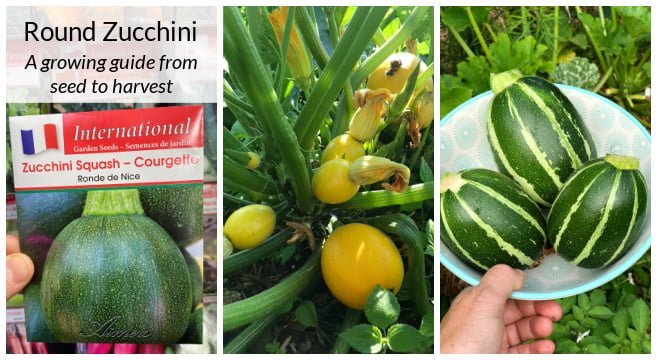
Providing Proper Watering
Watering is a crucial aspect of caring for zucchini plants, and it’s important to provide the right amount of water at the right time. When watering seeds and seedlings, it’s essential to keep the soil consistently moist until they are established. Water gently with a watering can or a hose with a gentle sprinkle attachment to avoid disturbing the delicate seeds or seedlings.
For established zucchini plants, water deeply but less frequently. Aim to provide around 1 inch of water per week, either through rainfall or irrigation. Avoid over-watering, as this can lead to root rot and other diseases. Monitor the soil moisture regularly and adjust your watering schedule accordingly to ensure the plants receive adequate hydration.
Applying Fertilizer
Fertilizing zucchini plants is important for providing them with the necessary nutrients for healthy growth and abundant yields. Organic fertilizers are a great choice for zucchini, as they improve soil fertility without the use of harsh chemicals. Prioritize fertilizers that are rich in nitrogen, phosphorus, and potassium, which are essential for plant growth.
Apply organic fertilizer at the correct time to maximize its effectiveness. Generally, it’s best to apply fertilizer when the zucchini plants are actively growing. Follow the instructions on the fertilizer package for the application rate and method. Avoid over-fertilization, as this can lead to excessive foliage growth at the expense of fruit production.
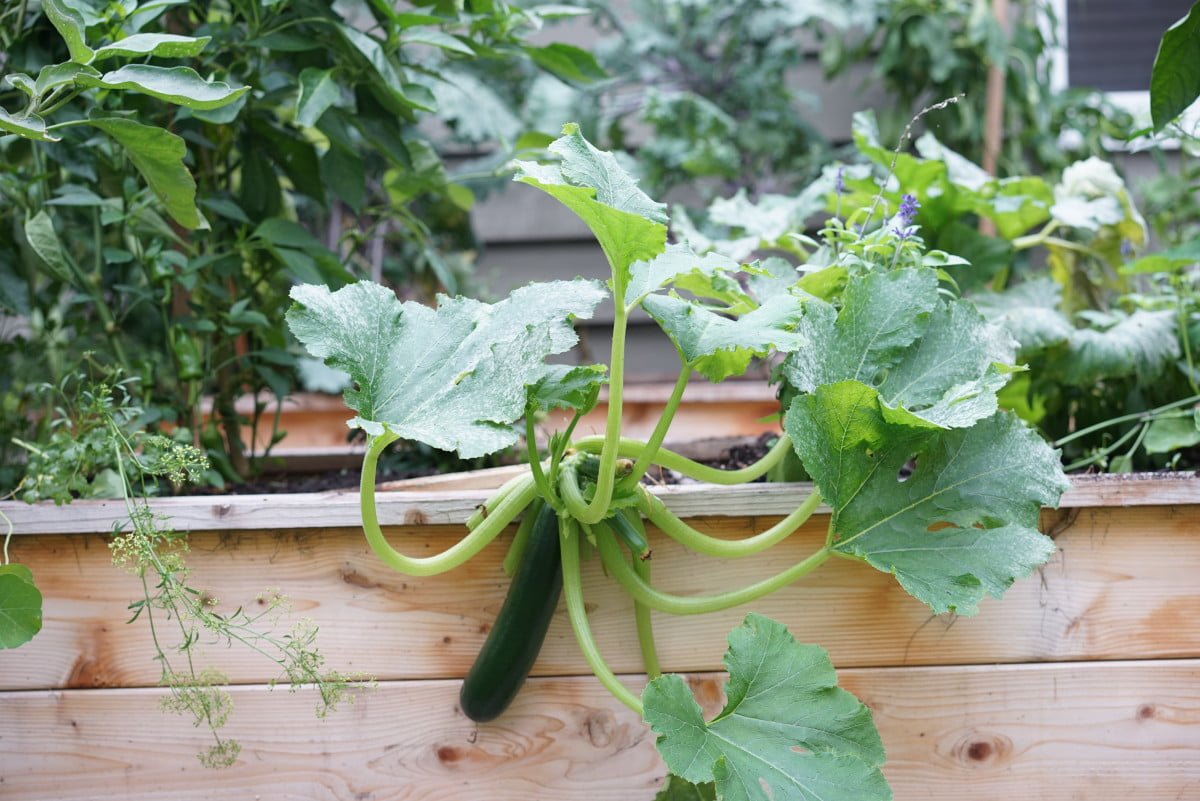
Managing Weeds
Weeds can compete with zucchini plants for nutrients, water, and sunlight, so it’s important to manage them effectively. One way to suppress weeds is by using mulch. Apply a layer of organic mulch, such as straw or wood chips, around the base of the zucchini plants. This will help to smother weeds and also retain moisture in the soil.
Regularly inspect your garden and hand-pull any weeds that emerge. It’s important to remove weeds when they are small to prevent them from establishing deep roots. Implement organic weed control methods, such as using a hoe or hand weeder to remove weeds without the use of chemicals.
Ensuring Adequate Sunlight
Zucchini plants thrive in sunny conditions, so selecting a sunny location is crucial for their growth and productivity. Choose a spot in your garden that receives at least 6 to 8 hours of direct sunlight per day. If you’re growing zucchini in containers, place them in a sunny area or consider using artificial lighting, such as grow lights, to supplement sunlight.
Monitor shade patterns in your garden, especially during the height of summer when the angle of the sun changes. Make sure the zucchini plants receive consistent sunlight throughout the day. If necessary, adjust the planting location or use shade cloth to provide protection from excessive heat or intense sunlight.
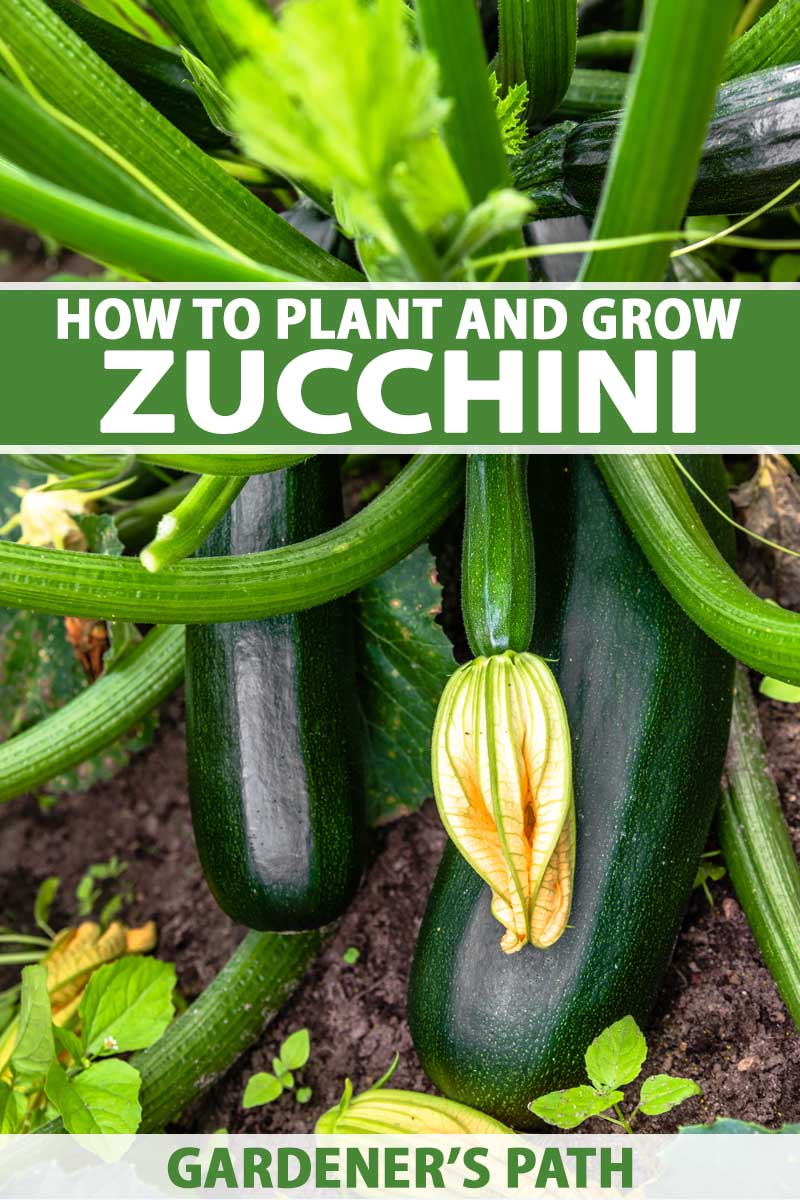
Protecting Zucchini from Pests
Zucchini can be vulnerable to various pests, but there are natural pest control methods you can implement to protect your plants. Start by identifying common pests that affect zucchini, such as aphids, squash bugs, and vine borers. Monitor your plants regularly for any signs of pest damage, such as holes in leaves, wilting, or stunted growth.
Implement natural pest control methods, such as introducing beneficial insects like ladybugs or lacewings, which prey on pests. You can also use homemade insecticidal soap or neem oil spray to deter pests. Creating physical barriers, such as row covers or netting, can also prevent pests from reaching your zucchini plants.
Recognizing and Treating Diseases
Like any plant, zucchini can be susceptible to diseases. Familiarize yourself with common zucchini diseases, such as powdery mildew and blossom end rot. Regularly inspect your plants for any signs of disease, such as discolored leaves, wilting, or mold growth.
Implement disease prevention methods, such as practicing good garden hygiene by removing diseased plant material and sanitizing your gardening tools. Avoid overhead watering and provide adequate spacing between plants to promote airflow and reduce humidity. If needed, apply organic disease treatments, such as copper fungicides or biological control agents, to manage and control the spread of diseases.
By following this comprehensive guide, you’ll be well on your way to successfully growing zucchini from seed. From selecting the right seeds to recognizing and treating diseases, each step plays a crucial role in ensuring healthy plant growth and a bountiful zucchini harvest. Enjoy the process and the delicious zucchinis you’ll soon be able to enjoy in your own home-cooked meals!
